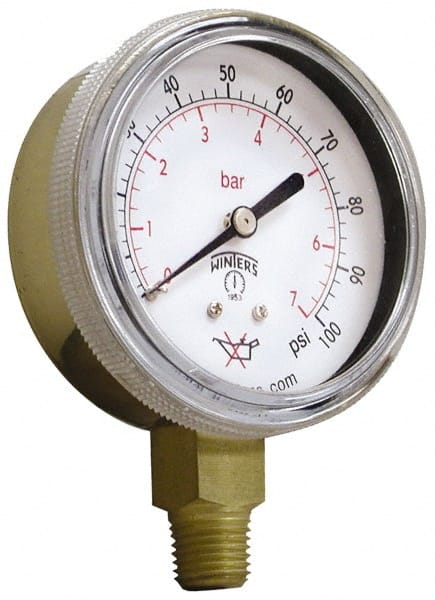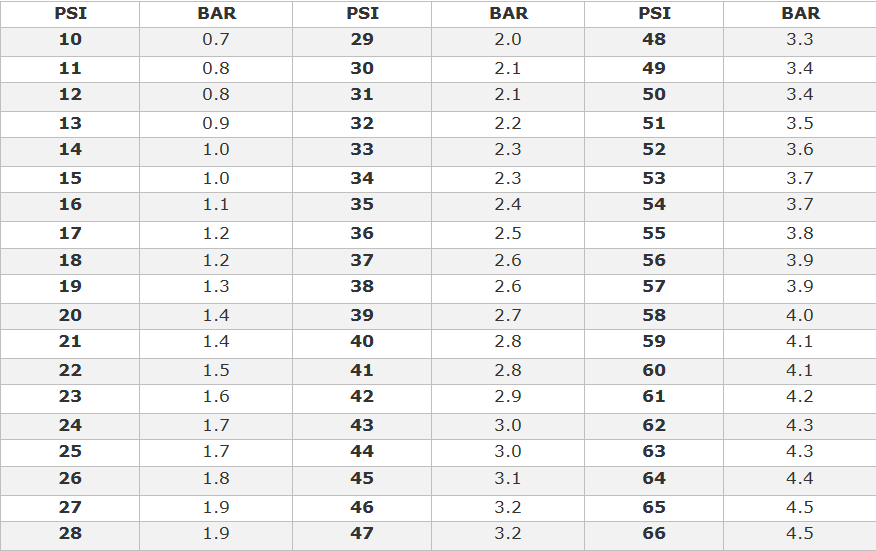
Where can I check the pressures for my Toyota if it is not listed below? Car manufacturers set the values for inflation levels. No, tyre pressure recommendations vary from car to car. Is there a general government recommendation for tyre pressure? The UK government states that cars, light vans and light trailers must have a minimum tread depth of 1.6mm and “there must be tread across the middle three-quarters and around the entire tyre.”* 2. What is the required tyre tread depth in the UK? Toyota tyre pressure frequently asked questions 1. Inflation pressures for older models can usually be found either on one of the car’s B-pillars, on the inside of the glove box lid, or within the owner’s manual. The tyre sizes and recommended general inflation pressures for all current models in the Toyota passenger vehicle range can be found in the table below. In this article we provide information concerning tyre law in the UK and on the continent (where motorway speeds can be higher) and inform you of the tyre sizes and preferred pressure levels for all models in the current Toyota passenger vehicle range. However, tyres also deserve our attention, since they’re the only part of our vehicles that actually touch the road surface. When it comes to car maintenance, many of us think only about oil changes and brake pads. They are of two kinds- Gases and Liquids.This is our guide to Toyota tyre pressure and tyre advice. Q. In terms of physics, which of the following are considered as fluids?Ī fluid is defined as a substance that has no fixed shape and yields easily to external pressure. Note: The tin-can retains its shape usually because the force applied by the gas molecules on the outside of the container is balanced by the force inside the container. This force is what causes the tin can to crush inwards. The tin can collapses because when cold water is poured, steam inside it condenses and the air pressure inside reduces. The difference in this pressure inside and outside causes a force that is applied to the outer walls of the container. When you do so, it’s seen that the tin can collapses inwards. Then, pour some cold water on the tin can from outside. Next, seal the tin can with a stopper so that tin can contains steam at a low pressure.

Let us do an experiment using the tin can to demonstrate this. These molecules when colliding with the walls of a container, apply pressure on it. A gas consists of molecules and every molecule has some kinetic energy. Gases too exert pressure on the wall of the container containing them. Since in a container the height of liquid above a surface is same for all the points, therefore, liquid exerts same pressure at a particular level. The value of pressure exerted by the liquid at the side walls of the container at any point depends upon the amount of water above that point. The liquid at the bottom of the container (in which it is filled) exerts some pressure which depends upon the height of water filled in the container. Browse more Topics Under Force And Pressure The atmospheric pressure decreases near Earth’s surface, with height at a rate of about 3.5 millibars for every 30 meters (100 feet).Ĭheck out our detailed article on Units of Pressure here. It can be expressed in several different systems of units such as millimeters (or inches) of mercury, pounds per square inch (psi), dynes per square centimeter, millibars (mb), standard atmospheres, or kilopascals. It is measured using a mercury barometer (hence atmospheric pressure is also known as barometric pressure), indicating the height of a column of mercury which exactly balances the weight of the column of atmosphere over the barometer. The earth’s atmospheric air is surrounded by a layer of gases and so this air surrounding the earth exerts a pressure known as the ‘atmospheric pressure’.

This leads to an increase in pressure leading to hammer the sharp pin easily. 1 Pa = 1N/m 2Įxample: It is easier to hammer a sharp pin than to hammer a blunt pin. This is because the area at the end of the sharp pin is smaller than the area at the end of a blunt pin. It can also be defined as the ratio of the force to the area (over which the force is acting).
The amount of force exerted ( thrust) on a surface per unit area is defined as ‘Pressure’.


 0 kommentar(er)
0 kommentar(er)
